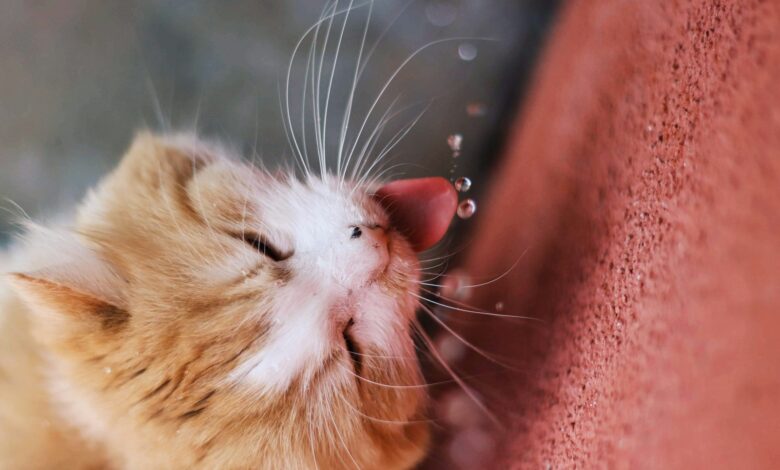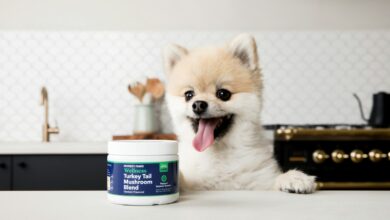How to Bathe a Cat That Hates Water

I still have not forgotten the first time I tried to bathe my cat, Milo. Also, Male saw in me like I had betrayed Male, but the sound of the liquid running was enough to make Male vanish under the bed. And when I last picked the male up, his claws almost found a new home in my arm. But when you’re here searching for how to bathe a cat thathates liquid, trust me—I know the fight, the noise, and the chaos. Also, I’ve found out step by step how to make things work without turning my clean room into a war zone.
Why Most Cats Do Not Like Liquid
Cats are curious creatures, but when it comes to liquid, they turn into little rebels. The feel of wet fur is heavy and weird for them. Also, they lose body heat faster when wet, which makes them unnice. I once heard a vet speak, “Cats are control freaks. Liquid takes away the one control.” The one stuck with me; but plus, most cats are not raised close to liquid. But so it feels like a threat instead of a normal thing.
Creating a Quiet Place Before the Bath
Before you flat think around touching liquid, you need to make the room quiet; close the doors, turn off loud fans, and make sure there are no quick noises. But I usually play soft music—nice, no heavy beats. My cat answers better when the air feels quiet, but I also hold towels ready, so there’s no hurrying close once we start.
Using the Right Cat Shampoo
Don’t use human shampoo. Things are too rough, but I’ve checked not the same cat shampoos. But the ones made for sensitive skin work best, especially the oatmeal-basedones in 2025—they’re trending now. Also, they quiet the skin and don’t leave a strong smell. Also, Milo once ran away after a bath, just because the shampoo had a weird fruity scent Milo hated. Teaching found out: pick mild, fragrance-free options.
Preparing the Cat with Small Steps
Don’t dump your cat inside liquid right away. Instead, let Male sniff the clean room first. Also, I let Milo explore the hollow tub for a few days before the real bath, but he’d sit in there, paws close, and realize nothing poor was happening. Sometimes I place his treats close to the tub to make good vibes.
Using a Wet Cloth First
When your cat truly hates liquid, start with a wet cloth. Also, dip a soft towel in warm liquid and softly wipe the fur. It feels less scary for them, and the thing cleans off light dirt. I used “here, fool” when Milo rolled in dust from the garden. Also, things held me back from a lot of in-bath wars.
Choosing Warm Liquid Heat flat
Cats are picky around heat flats. When the liquid is too cold, they’ll move and scream. Also, it’s too warm, and things are unsafe. The perfect bath is warm—like baby bath liquid. Also, when I place my bent arm in the liquid, it feels just right. Also, Milo doesn’t like the sound of running liquid. So I fill the tub earlier, and next get him in softly.
Grasping Your Cat the Right Way
I usually wrap my arm close to Milo’s chest and hold one hand under his back legs. Also, the one hole makes males feel safe. When you grasp a cat too loosely, it’ll jump out. Also, too tight, and he’ll panic. Things are the same, like grasping a wriggly toddler. Doesn’t want to wear shoes.
Using Cups Instead of a Shower Head
Many people make the mistake of using a shower spray, but the one noise is very scary for cats. Every time, I use a small cup to pour liquid slowly on Milo’s back, but no quick gush, no loud sound. Male still grumbles, but at least Male stays in the tub.
Drying the Cat After a Bath
Once the liquid part is over, drying is greatly meaningful. Cats hate the feeling of dripping wet fur. I wrap Milo in a big towel and rub softly. Male usually hides after the one, but the towel absorbs most of the liquid. Some people use a hair dryer on low, but Milo freaks out from the noise, so I avoid it.
Making Bath When Less Hard
After the bath, give treats. A lot of them, but cats do not forget prizes. But Milo now expects a small piece of farm bird after every bath. Also, don’t force baths too many times; once a month is more than enough unless the cat has medical needs.
Comparing Bath Options for Cats
Here’s a small table I made the one could help:
| Bath Way | Stress Flat for Cat | Cleaning Result | Best For |
|---|---|---|---|
| A lot of in it liquid bath | High | Much complete | Much not clean or oily fur |
| Wet cloth wipe | Low | Light cleaning | Dust, mild dirt |
| Dry shampoo foam | Middle | Good cleaning | Cats with liquid trauma |
| Job groom | Middle-High | Superb | Long-haired breeds |
When to See a Vet Instead
Sometimes itching or poor smells are not around dirt but skin problems. When you see red spots, bald patches. Or constant scratching—don’t just hold off on bathing your cat; see a vet. In 2025, many clinics give nice waterless cleaning methods for cats with allergies, which is safer.
Funny and Real Moments During Cat Baths
Once, Milo got away mid-bath and ran straight inside the living room, dripping everywhere. The carpet smelled like wet fur for days. My friend laughed and spoke, “You don’t bathe a cat; the cat bathes you.” And truthfully, things felt true, but cat baths are not ever perfect, and this one’s alright.
A lot of times asked questions
Q: Can I use baby shampoo for my cat?
A: No, things can shed their skin. Every time, stick to cat shampoos.
Q: How many times should I bathe my cat?
A: Once a month or less. Cats clean themselves daily.
Q: What if my cat scratches me?
A: Use trimmed claws, wear long sleeves, and don’t force things.
Q: Are dry shampoos safe for cats?
A: Yes, many are safe in 2025, but every time, check labels for “pet-good.”
Final Thoughts
Learning how to bathe a cat thathates liquid is more about staying than going, but your cat might not ever love it, but it can learn to allow it. My Milo still gives me the mad tail flick after every bath, but at least he’s clean and safe. And still curls up on my lap at night. And tells truthly, the one’s all I need.

